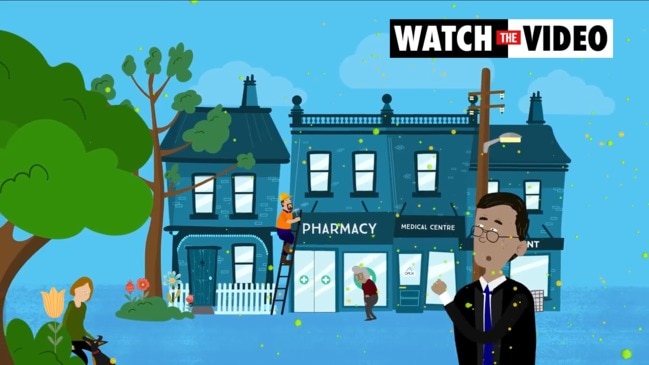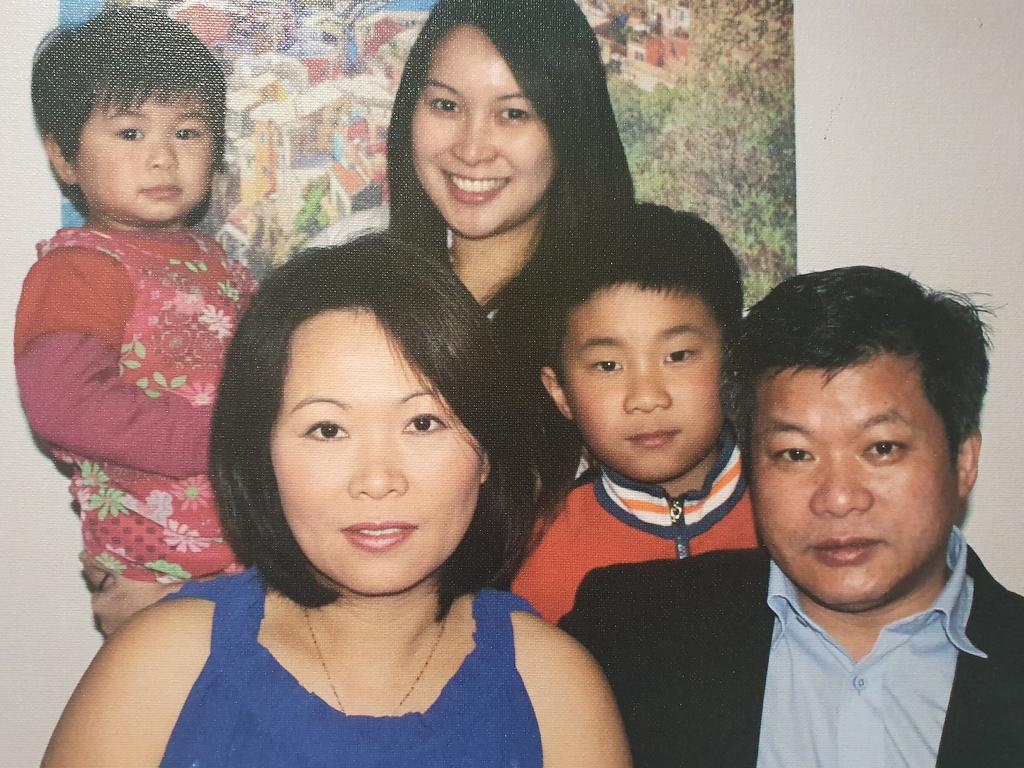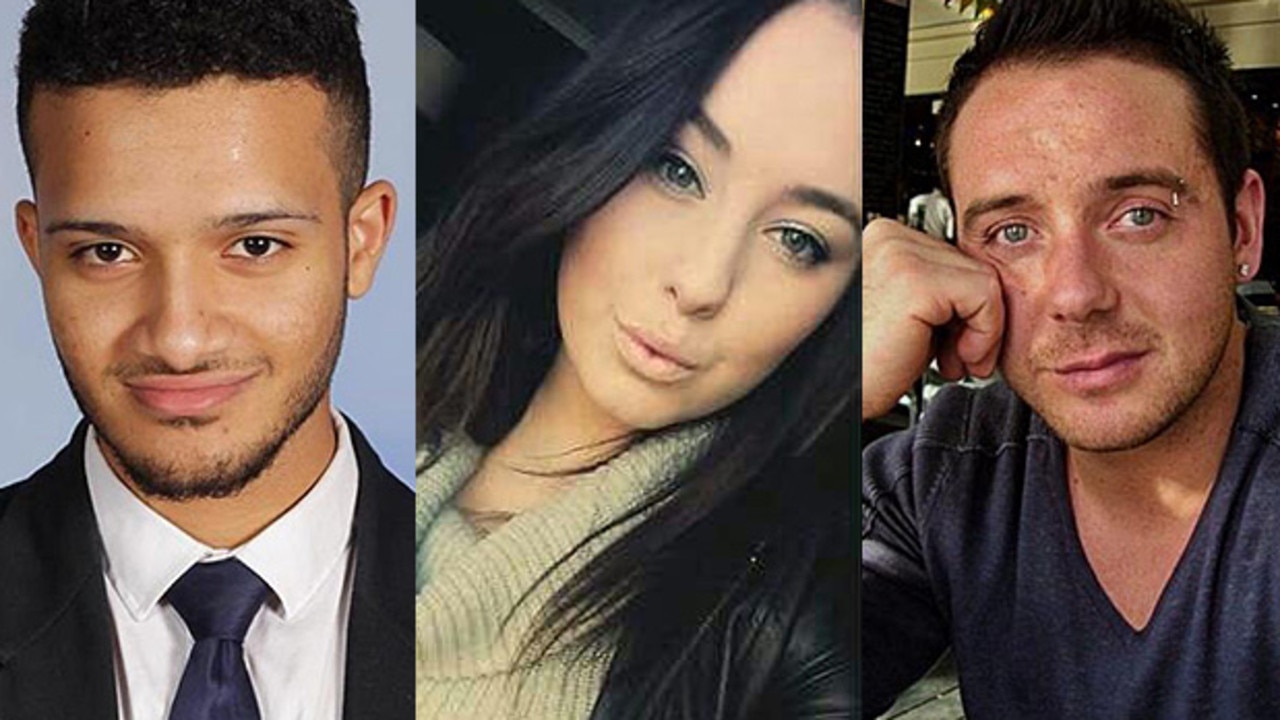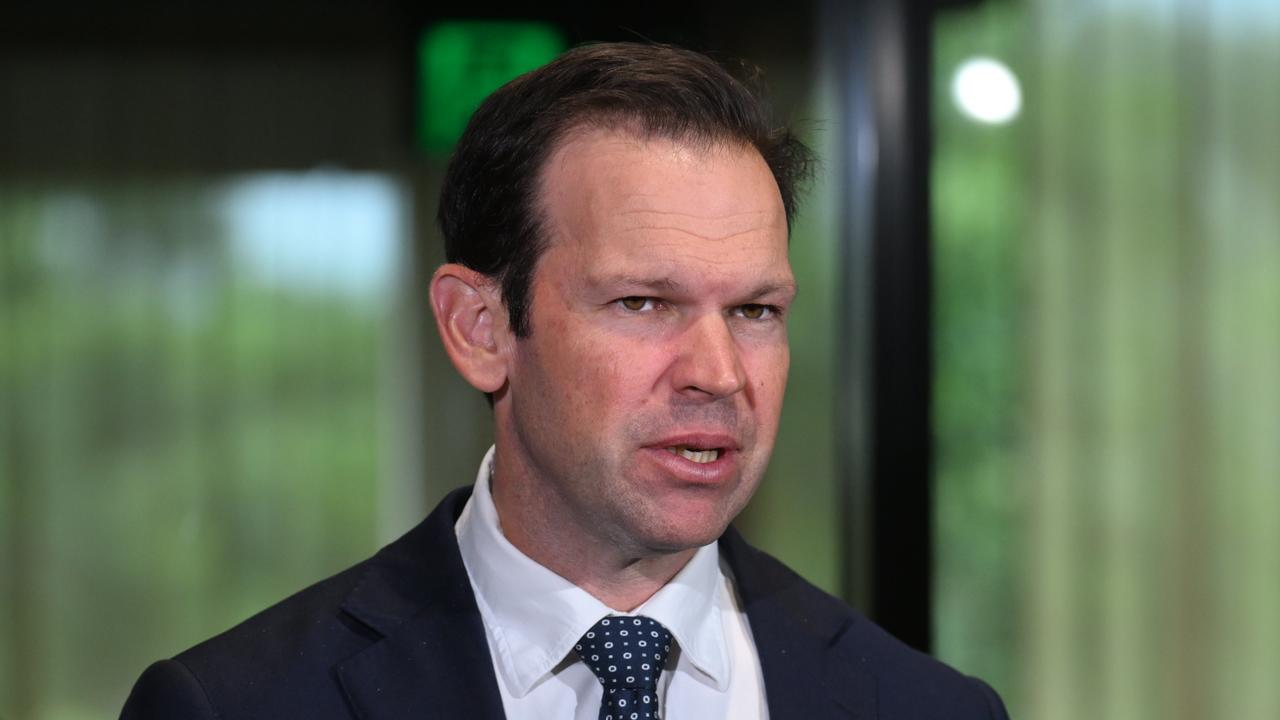Melbourne weather: Lethal thunderstorms are becoming more likely
Sam Lau was at home with his wife and kids when he was struck by an insane set of circumstances that stopped him from being able to breathe.

Monday 21 November 2016 was Melbourne’s hottest November day in six years. A wild storm struck in the late afternoon, with wind, rain and hail lashing the western suburbs, tearing off roofs and snapping trees in half as five storm cells converged into one massive front.
Hundreds of calls lit up the SES switchboard. Nobody, however, expected a surge of triple-0 callers needing an ambulance and the night soon turned to mayhem as the city suffered the world’s most devastating outbreak of thunderstorm asthma.
Sam Lau’s story shows how unexpected, and how shocking, the outbreak was.
An Uber driver with a commercial pilot’s license, Sam had moved from New Zealand to Melbourne in 2015 with Elsa and their two young kids, Jet, 10, and Julia, three, hoping to get a job with an airline. Sam had only had two asthma attacks in their many years together, and on both occasions he’d had a flu.
RELATED: Angel dies from thunderstorm asthma
RELATED: Climate change could increase thunderstorm asthma risk

On the night of the outbreak, Sam and Elsa were at home with the kids. Sam picked up Jet from school and went to lie down as he was feeling sick. At 6.30pm, he came out of his room, struggling for breath, saying: “Can you call me an ambulance, I don’t think I’m going to make it?”
Elsa rang triple-0. While she was on the phone, Sam collapsed on the loungeroom floor in front of her. The call operator asked whether she had a defibrillator.
“How many normal people have a defibrillator at home?” says Elsa now.
The operator dispatched an ambulance just before 6.42pm, and hung up after indicating help was on the way. Sam stopped breathing. He’d gone into cardiorespiratory arrest, and began to turn blue.
Panicked, Elsa sent Jet over to the neighbour’s house for help. The neighbour was able to revive Sam, administering CPR by hand, restoring his breathing after about 15 minutes.
“I do know how to give CPR,” says Elsa. “But at that moment I froze, I didn’t know what to do.” She called emergency again, but the line rang out.

The ambulance took half an hour to arrive, at 7.10pm. The first two paramedics found Sam without a pulse, and not breathing, and tried to clear Sam’s airway.
To Elsa, they seemed inexperienced. It was only when a second pair of paramedics turned up with a defibrillator, and gave him an adrenalin injection, that Sam’s circulation returned.
By now it was about 7.40pm. Sam did not regain consciousness. They took Sam to the nearby Northern Hospital, and then quickly transferred him to intensive care at Austin. When Elsa got there, Sam was put into an induced coma – the doctor explained he needed rest.
What unfolded over the next week was heartbreaking, as tests indicated Sam’s brain had died from lack of oxygen. When doctors first told Elsa they would need to turn off life support, she reacted with shock, saying: “No, you can’t do that, I don’t believe that!”
She even offered to rent the life support machine, and take Sam home. The whole family maintained a 24-hour vigil, including his brother and niece who came out from China, insisting on more tests until finally on the eighth day after the incident, Sam died.
“I didn’t want to let go,” says Elsa, in tears. “I still think, in my heart, there was a chance he would wake up.”
Sam Lau was one of 10 people who tragically lost their lives as a result of severe allergic asthma during Melbourne’s rare thunderstorm event in 2016. It hit suddenly and without warning and led to the hospitalisation of 1400 people.
RELATED: Thunderstorm asthma inquest

Thunderstorm asthma is caused when dust and pollen is blown ahead of a storm, and Melbourne had experienced two previous outbreaks in 1989 and 2010, both of a much smaller scale and not deadly.
Victoria’s wet spring in 2016 meant rye grass pastures west and north of Melbourne were flourishing. But while high pollen counts and thunderstorms often coincide, a thunderstorm asthma outbreak only happens rarely.
Deakin University Associate Professor Cenk Suphioglu, a leading expert on thunderstorm asthma, said the November event was a perfect storm, sucking up thousands of tonnes of pollen and exploding the grains into trillions of microscopic particles, tiny enough to penetrate deep into the airways.
“It’s like a bomb going off,” Prof Suphioglu says.
Elsa says she is scared about climate change, but avoids reading about it, although she can’t help noticing Melbourne has more heatwaves, year after year.
She is unsure of the link between global warming and Melbourne’s devastating thunderstorm asthma event.
“It surprises me that pollen can kill people,” says Elsa. “How many times do you hear people die by asthma?
“You know the climate is changing but I don’t know if I can do anything about it, so that’s why I try not to know about it. I don’t have answers, except I know for future generations, it’s not good for them.”
Since the 2016 outbreak, there has been more research on how rising temperatures and atmospheric carbon dioxide concentrations affect aeroallergen concentrations.
“Climate change might extend pollen seasons worldwide,” one report stated, and combined with the increasing likelihood of extreme weather events, “might increase the risk of more frequent epidemic thunderstorm asthma events in the future”.

In one study, scientists grew highly allergenic plants in a glasshouse and found that increasing the amount of carbon dioxide led to a whole range of changes in the plants, including more pollen and more potent pollen.
A review of international literature published in Public Health Research & Practice found higher temperatures as a result of global warming could lead to production of more fungal spores and indoor moisture and mould growth, which can cause allergic reactions. The authors wrote that Australia was highly vulnerable to any adverse impact of climate change on allergens and allergic diseases.
Lead researcher Macquarie University Associate Professor Paul Beggs said more research was urgently needed here, warning that thunderstorm asthma outbreaks linked to warming was “a serious climate change-human health risk to Australia”.
This is an edited extract from Body Count: How climate change is killing us by Paddy Manning, out now from Simon & Schuster Australia.



